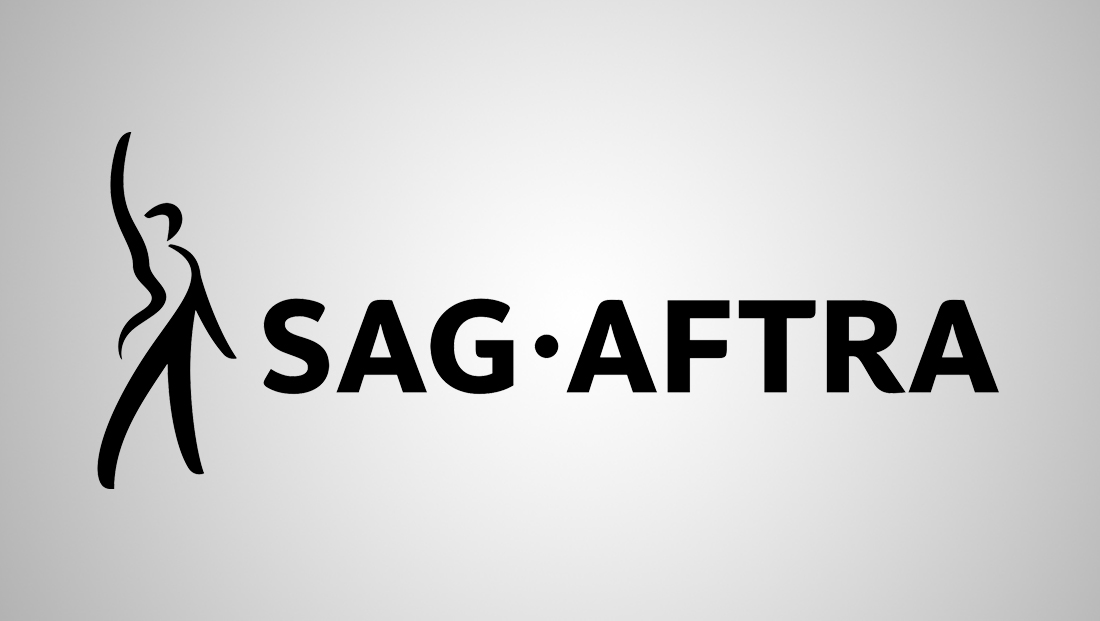SAG-AFTRA strike could be looming, adding to WGA woes for TV studios
By MixDex Article may include affiliate links

Another major strike could be looking for the television and film industry.
SAG-AFTRA members voted in June 2023 to authorize a strike — a move that got over 98% of votes cast. The union has been in tight negotiations with the Alliance of Motion Picture and Television Producers, or AMPTP, an alliance of major film and TV studios that is tasked with handling labor talks with unions. Those talks haven’t gone well and a strike appears imminent as of July 13, 2023, unless a deal can be reached.
AMPTP is currently at a stalemate with the Writers Guild of America, which went on strike in May 2023. This union represents writers, producers and select other creative staff in most major TV and film productions.
SAG-AFTRA is the union for on-screen performers for film and TV productions, including streaming and commercials. SAG-AFTRA membership also includes voiceover artists, fashion models, radio personalities, recording artists and even some social media influencers, though only AMPTP-affiliated productions would be affected.
Meanwhile, SAG-AFTRA said in mid-July 2023 that it would meet with a federal mediator to see if the two sides could get closer on a deal, but will not extend negotiations again.
SAG-AFTRA is looking for changes in minimum pay structure, how royalties are paid for streaming productions and changes to working conditions. The union is also seeking assurances in how artificial intelligence may be used in the future, including how each performer can control his or her likeness and be compensated if their image is used to train AI models. Other areas of negotiation involve pensions and health care.
SAG-AFTRA is also objecting to the increase in use of self-made audition tapes, which can be expensive for performers to make.
Many of these issues parallel what WGA is fighting.
The combined effect of a potential SAG-AFTRA strike would likely shut down any major TV and film productions that haven’t already been shuttered by the WGA strike. This could extend to overseas productions that studios have forged ahead with.
SAG-AFTRA membership also includes TV news anchors and reporters as well as program hosts, DJs, news writers, editors and producers.
However, only productions that fall under an AMPTP agreement would be affected by a strike. This would not affect most local and network news programs, even if these productions have SAG-AFTRA members, because news broadcasts are generally not covered by AMPTP deals (satire TV news shows produced by major studios or networks, such as “The Daily Show,” would be affected if talent belongs to SAG-AFTRA, but most of these productions are already dark due to the WGA strike).
In addition to film studios, all four of the major U.S. broadcast networks (ABC, CBS, NBC and Fox) are part of AMPTP, as well as streamers, including Netflix, Apple TV+ and Amazon Prime Video.
At some level, the addition of the SAG-AFTRA strike could have a negligible effect on the already-stalled industry, given that most productions likely to be affected by a new strike are already dark due to the WGA one.
That said, AMPTP is already under pressure to resolve that strike and having two strikes affecting studios’ ability to produce content could have a compounding effect.
It’s also possible that a deal could be struck with one union and not the other, which would mean most productions would still remain dark given that it takes both WGA and SAG-AFTRA members to produce nearly all content. On the other hand, since both unions are grappling with some of the same concerns, it’s possible that combined pressure from both could help move conversations along, though it’s not necessarily guaranteed because the two sets of talks are handled separately. In addition, AMPTP studios have to juggle the economics of potentially agreeing to separate deals that would increase their costs on two separate fronts.
The unions, meanwhile, largely maintain that increases are due to their members given the changing nature of the TV business that means a decrease in using repeat programming has hurt members in terms of residuals, one a lucrative source of income. Many shows, particularly on streaming, have move to shorter seasons spaced out over longer periods of time, which means there is less work to go around on any single series.
Overall, AMPTP could be facing increased pressure as the WGA strike continues. The fall television season is quickly approaching — a time when networks often start debuting new shows or return to airing new installments of returning ones. Many of these shows would have already been in, at least, pre-production or writing stage by now.
If the strikes continue, networks could be left with large gaps of time to fill with repeats or non-union productions such as news, documentaries and reality TV.
Even game shows could be affected given that many of these productions, particularly ones that rely on writers to create questions or other content, are already on hold due to the WGA strike.
Popular Searches
- TV Industry News
- Broadcast Engineering News
- Broadcast Design News
- TV Talk Shows
- TV Syndication
- TV Advertising
- TV News Jobs
- TV Industry Mergers and Acquisitions
- TV Anchors
- Cable News
- Late Night TV
- TV Syndication News
- Broadcast Industry News
- TV News Drone Journalism
- TV News Augmented Reality
- TV Weather Forecasting
- TV News Journalism
- TV News Ethics
- OTT News
- News About NBC
- News About CBS
- News About ABC
- News About CNN
- News About MSNBC
- News About Fox News

